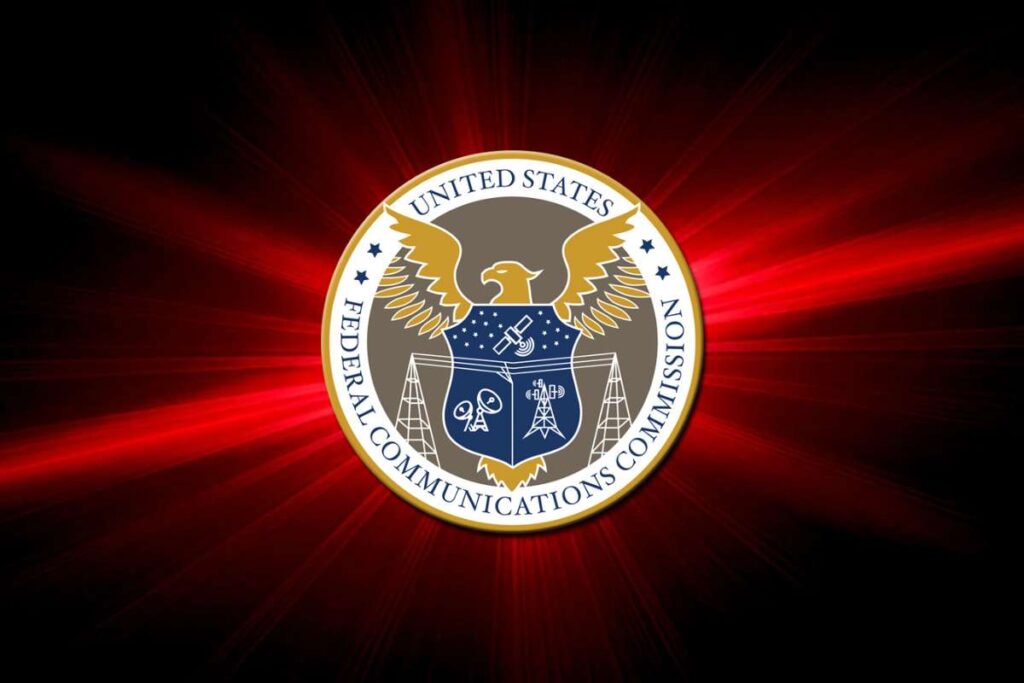Nokia announced a major Nokia Nvidia Partnership, a strategic shift toward artificial intelligence infrastructure ahead of its capital markets day, detailing a multiyear plan to restructure its business and target rising demand for cloud and data-center connectivity. The company said Nov. 19 that the pivot includes a $1 billion agreement that gives Nvidia a 3 percent stake as part of Nokia’s effort to position itself in the fast-expanding AI ecosystem.
AI-Driven Network Push
CEO Justin Hotard said, with this Nokia Nvidia Partnership the company will focus on building connectivity systems designed for AI data centers, a move he expects will support double-digit operating income growth over the next several years. Nokia forecasts annual operating profit of 2.7 billion to 3.2 billion by 2028. The announcement came as Nokia’s shares fell as much as 5.5 percent, marking a fifth consecutive day of losses.
Hotard said AI is reshaping how networks are built and used, and Nokia intends to align its portfolio with that shift, reinforcing the strategy behind the Nokia Nvidia Partnership. He emphasized that cloud and AI customers represent the company’s largest growth opportunity, even though they made up 6 percent of third-quarter net sales.
Business Restructuring Plan
Nokia will reorganize its four business divisions into two units: network infrastructure and mobile networks. Network infrastructure will manage optical networking products and the fiber-based systems required to move the large volumes of data created by AI workloads—an area directly influenced by the Nokia Nvidia Partnership. Mobile networks will oversee the wireless portfolio as well as cloud and network services.
Executives said the new structure is intended to simplify operations and direct investment toward areas with the strongest market demand. The company is also preparing to integrate Infinera, aiming to expand its optical and AI-focused networking capabilities following its acquisition earlier this year, which Nokia also aligned with the broader Nokia Nvidia Partnership strategy.
Hotard said mobile networks currently generate flat performance, prompting plans to incorporate Nokia Technologies, the company’s patents division, into the unit starting next year. He said the integration will streamline operations and improve returns, noting that the segment has not produced the level of profitability shareholders expect.
Asset Sales and Market Strategy
Nokia plans to sell four smaller underperforming assets, including its fixed-wireless-access product and microwave business. Hotard said these divestments will allow the company to prioritize investments in segments with clearer growth potential, particularly in optical networking, IP switching, and routing. These areas are expected to strengthen as technology firms upgrade fiber networks to support AI adoption, further accelerating the goals of the Nokia Nvidia Partnership.
The company said Nvidia chips are already being used to enhance radio components in its 5G and 6G systems. Executives described this as an example of how AI-optimized hardware can improve performance across Nokia’s broader portfolio.
Defense Connectivity Role
Nokia’s defense unit will continue operating as a standalone business. Hotard said the segment will remain an incubator for specialized security and government connectivity technologies but is not expected to reach the scale of the two main divisions. The company has been expanding its defense activity, supported by Finland’s former ambassador to the United States, and sees secure connectivity as a growing requirement for national infrastructure projects—an area that could later align with the Nokia Nvidia Partnership as AI-driven defense systems evolve.
Positioning for Future Growth
Hotard said Nokia’s long-term goal is to build an operating model aligned with the next phase of AI-driven connectivity. He noted that the company has spent the past year laying the foundation for this transition, including working more closely with cloud providers, scaling fiber-based systems, and increasing R&D spending on optical networking.
He said the partnership with Nvidia strengthens Nokia’s ability to design systems for AI workloads, positioning the company to benefit from rising enterprise demand. “We see AI creating a fundamental shift in how networks operate,” Hotard said. “Our objective is to make sure our infrastructure is built for that future.” This direction is at the core of the Nokia Nvidia Partnership and its market ambitions.
The company said execution of the restructuring plan will continue through 2028, with financial updates expected at future earnings calls. Nokia reaffirmed its intention to maintain cost discipline as it shifts toward markets it considers key to long-term growth, which includes sustained development under the Nokia Nvidia Partnership.
Also Read: Spain Examines Meta’s Android Data Practices






